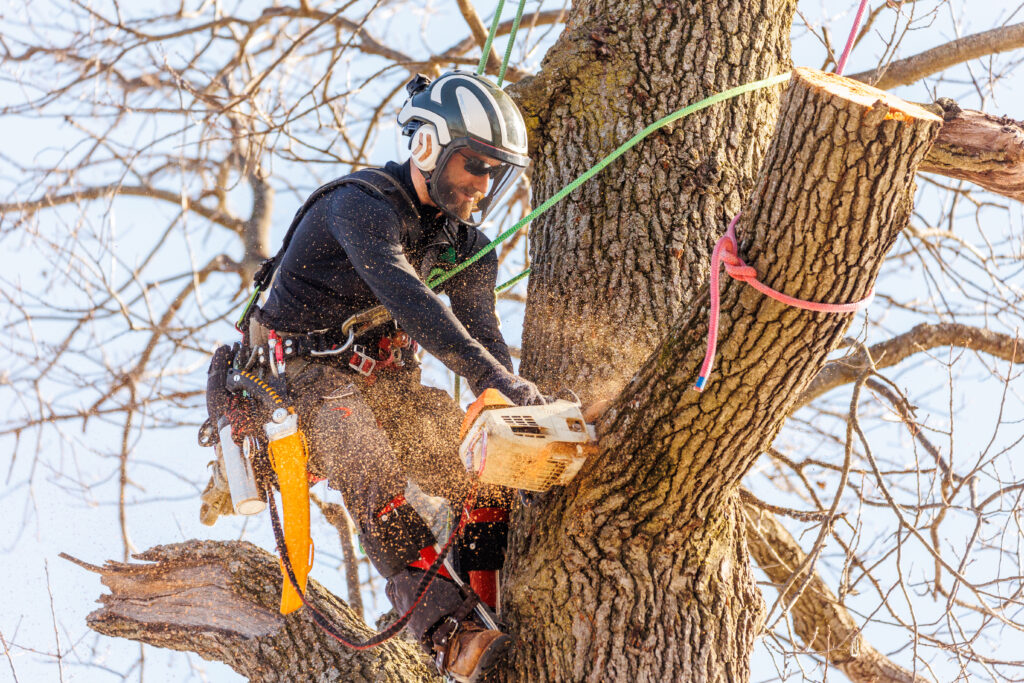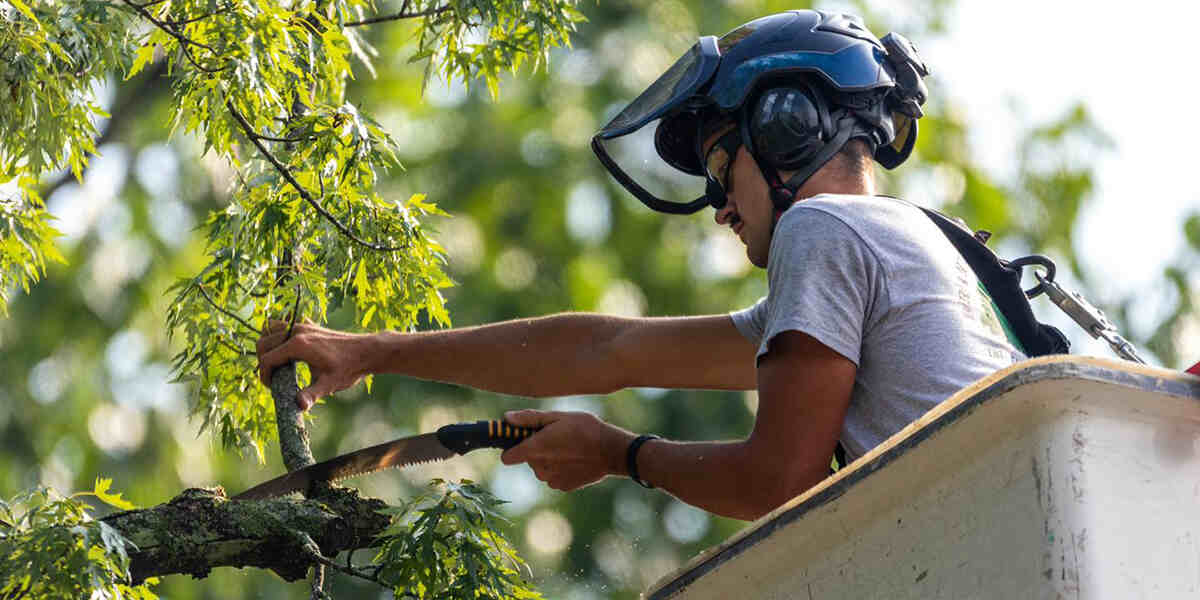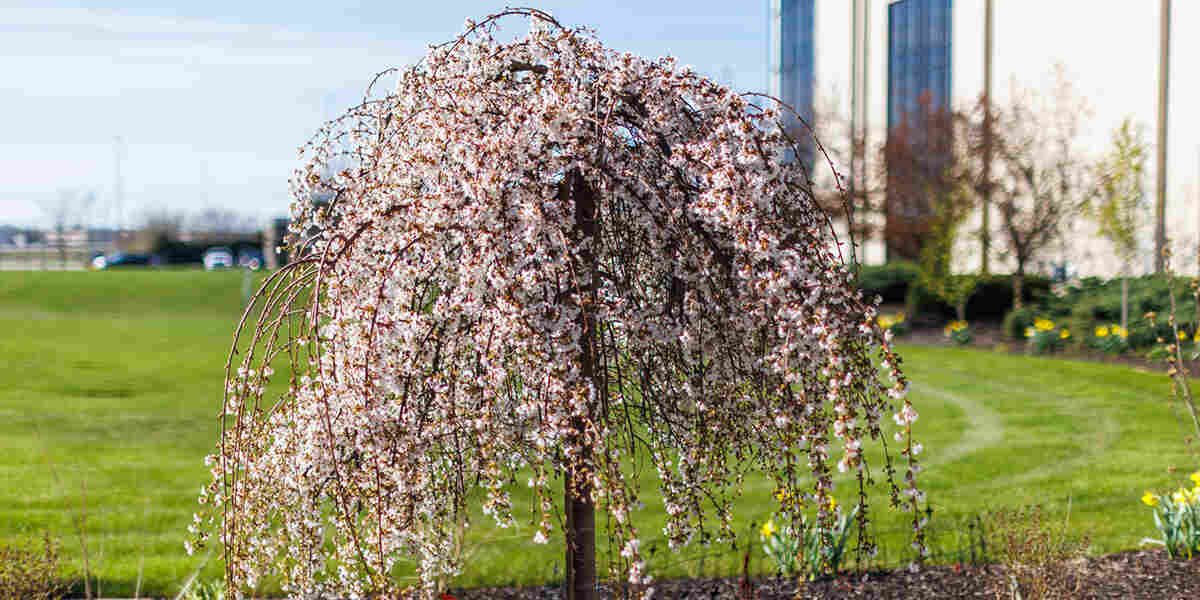
The Crucial Role of Safety in Tree Cutting Businesses
In the tree care industry, safety isn’t just a consideration—it’s a necessity. Tree cutting, if done haphazardly, can result in serious, even fatal, accidents. From a business perspective, such accidents can lead to devastating lawsuits, skyrocketing insurance premiums, and significant damage to the company’s reputation. Therefore, incorporating advanced safety practices into the company’s operations is critical. These can range from meticulous site assessment and stringent safety protocols to comprehensive training programs for staff. Having a strong culture of safety also demonstrates professionalism, showing clients and competitors alike that your business is serious about its work and responsibilities.
Professional Equipment for Safe and Efficient Tree Cutting
The right tools can make all the difference in tree cutting operations, ensuring not only efficiency but also safety. In addition to the basic safety gear like helmets, safety glasses, and chainsaws, professional tree care businesses should consider the following advanced equipment:
- Felling wedges: These are essential in preventing the tree from pinching the chainsaw during the felling cut.
- Breaking bars and peaveys: Useful tools for moving heavy logs safely and efficiently.
- Ropes and pulleys: These are crucial for directional felling, especially in tight spaces or populated areas where precision is key.
- First aid kits: Accidents can happen despite the best precautions, making immediate first aid treatment vital.
- Two-way radios: Clear and prompt communication among team members can significantly enhance safety and coordination during tree felling operations.
Investing in high-quality equipment and maintaining it well not only improves the safety of your operations but also showcases your business’s professionalism.
Step-by-Step Advanced Tree Cutting Techniques for Businesses
Tree cutting in a commercial setting requires more than just basic felling techniques. Here is an in-depth look at the steps that businesses should follow:
- Preparation and Planning: Before any tree is felled, a comprehensive site and tree assessment is essential. This includes evaluating the tree’s health, size, lean, and proximity to structures or utilities. Additionally, detailed planning, including assigning roles to team members, outlining the step-by-step process, and preparing emergency procedures, is key.
- Advanced Cutting Techniques: Beyond the conventional felling cut and notch cut, businesses should understand advanced techniques such as the Humboldt cut, which minimizes stump height, and the bore cut, which provides better control over the tree’s fall. Knowledge of hazardous situations, like the barber chair phenomenon, is also critical for safety.
- Effective Communication: Clear communication among team members is vital. This includes discussing the work plan, communicating during the operation, and debriefing afterward. Tools like two-way radios can be extremely helpful in maintaining effective communication.
- Proper Cleanup: After the tree has been felled, cleanup is just as important. This includes safely dealing with the stump, disposing of or repurposing the wood, and ensuring that the site is left in a safe state for clients.
- Post-Operation Review: After each tree felling operation, conducting a review to identify successes and areas for improvement can help your business continually enhance its safety and efficiency.
The Importance of Professional Arborist Consultation
While advanced knowledge and techniques are crucial for any tree care business, there will be instances when consultation with an expert arborist is the best course of action. This could be when dealing with large, old trees, trees near power lines, or trees exhibiting signs of disease or instability. In such scenarios, the arborist can provide expert advice or conduct the tree felling themselves, thereby minimizing risks. Recognizing the limits of your team’s expertise and seeking expert advice when necessary is not a sign of weakness but of professionalism and commitment to safety.
Tree cutting is an essential service provided by tree care businesses, demanding high skill levels, meticulous planning, and a steadfast commitment to safety. By implementing the advanced practices outlined in this guide, your business will be well-equipped to handle tree felling tasks safely and efficiently, thereby safeguarding your employees, pleasing your clients, and enhancing your professional reputation. It’s crucial to remember that learning and improvement are ongoing processes—the most successful businesses in the tree care industry are those that continually strive to better their knowledge, techniques, and safety protocols.



